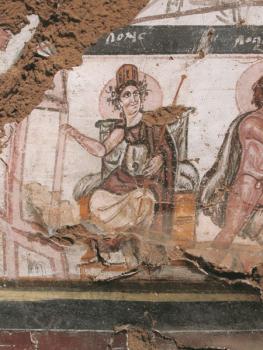American Journal of Archaeology | The Journal of the Archaeological Institute of America
You are here
Frontiers and Borderlands in Imperial Perspectives: Exploring Rome’s Egyptian Frontier
April 2013 (117.2)
Frontiers and Borderlands in Imperial Perspectives: Exploring Rome’s Egyptian Frontier
Archaeological research has addressed imperial frontiers for more than a century. Romanists, in particular, have engaged in exploring frontiers from economic, militaristic, political, and (more recently) social vantages. This article suggests that we also consider the dialogue between space and social perception to understand imperial borderland developments. In addition to formulating new theoretical approaches to frontiers, this contribution represents the first comprehensive overview of both the documentary sources and the archaeological material found in Egypt’s Great Oasis during the Roman period (ca. 30 B.C.E. to the sixth century C.E.). A holistic analysis of these sources reveals that Egypt's Great Oasis, which consisted of two separate but linked oases, served as a conceptual, physical, and human buffer zone for the Roman empire. This buffer zone protected the “ordered” Nile Valley inhabitants from the “chaotic” desert nomads, who lived just beyond the oases. This conclusion suggests that nomads required specific imperial frontier policies and that these policies may have been ideological as well as economic and militaristic.
Frontiers and Borderlands in Imperial Perspectives: Exploring Rome’s Egyptian Frontier
By Anna Lucille Boozer
American Journal of Archaeology Vol. 117, No. 2 (April 2013), pp. 275–292
DOI: 10.3764/aja.117.2.0275
© 2013 Archaeological Institute of America


